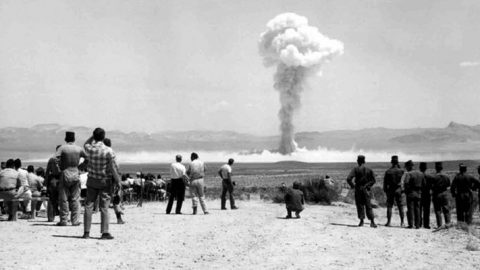The 1950s, a time of post-war prosperity and cultural evolution, was also an era filled with social norms and activities that would raise eyebrows in today’s society. From quirky pastimes to questionable practices, many things that were once commonplace have now become relics of a bygone era.
This list unveils 14 intriguing activities from the ’50s that modern laws and societal changes have rendered illegal. Each item provides a fascinating glimpse into a world that operated under a different set of rules and values. Embark on this nostalgic journey and discover what would get you into trouble today!
1. Smoking in Hospitals

In the 1950s, it was surprisingly common to light up a cigarette right in the hospital. Doctors, nurses, and patients alike would indulge in smoking, even within the sterile environment of a medical facility. This practice, now seen as highly inappropriate and hazardous, was widely accepted. Hospital rooms were filled with ashtrays, and smoking was often perceived as a stress reliever for medical staff and patients. Today, with stringent laws focused on health and safety, smoking in hospitals is strictly forbidden, highlighting how significantly our understanding of health risks has evolved.
2. Driving Without Seatbelts
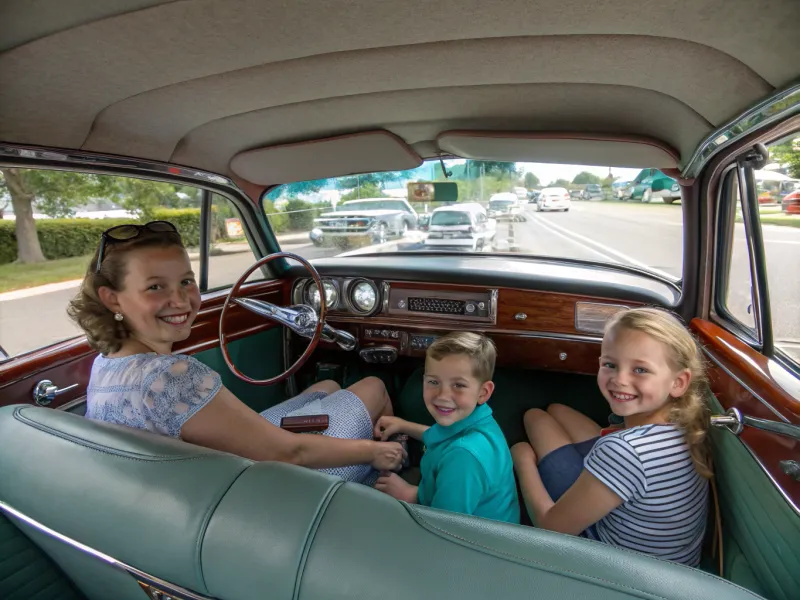
In the ’50s, seatbelts were more of a novelty than a necessity. Cars were designed without them, and the idea of buckling up was foreign to most drivers and passengers. Safety was not the primary concern it is today, and the freedom of hitting the open road came without the restraint of seatbelts. Families would pile into their vehicles, kids jumping around in the back seat. This carefree approach to driving is now illegal, as modern laws mandate seatbelt use to protect lives. Seatbelts, once an afterthought, are now an essential part of vehicle safety.
3. Public School Corporal Punishment
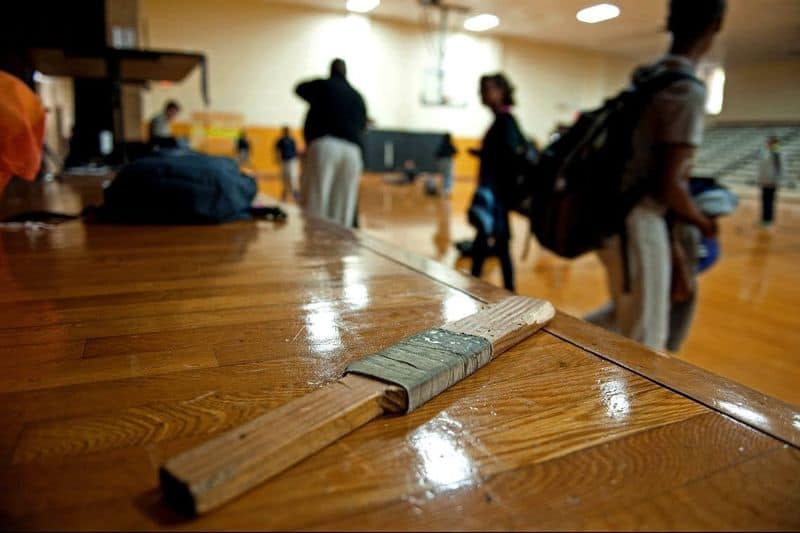
Corporal punishment in schools was a widely accepted disciplinary method in the 1950s. Teachers wielded the paddle with authority, maintaining control through physical discipline. Parents supported this approach, believing it instilled respect and order. However, as societal attitudes towards child welfare and rights evolved, this practice faced scrutiny and eventual prohibition. Today, corporal punishment in public schools is illegal in many regions, replaced by more positive disciplinary methods. The shift reflects a broader understanding of child development and the importance of nurturing environments that foster learning without fear or physical retribution.
4. Junk Food Advertising to Kids
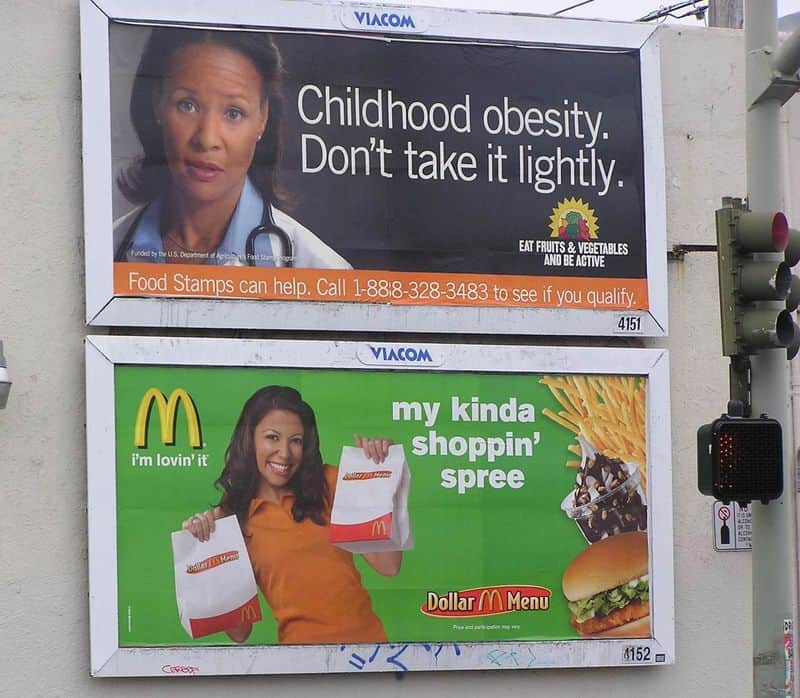
Back in the 1950s, advertising sugary snacks and fizzy drinks directly to children was not only common but encouraged. Saturday morning cartoons were often interrupted by enticing ads for candy and soda, creating a generation of sugar-craving kids. This marketing strategy has since been deemed unethical, as it exploits children’s impressionability and contributes to unhealthy eating habits. Today, there are regulations that limit how and when junk food can be advertised to children, aiming to promote healthier choices. The change underscores a growing awareness of the impact of diet on health and well-being.
5. Radium in Consumer Products
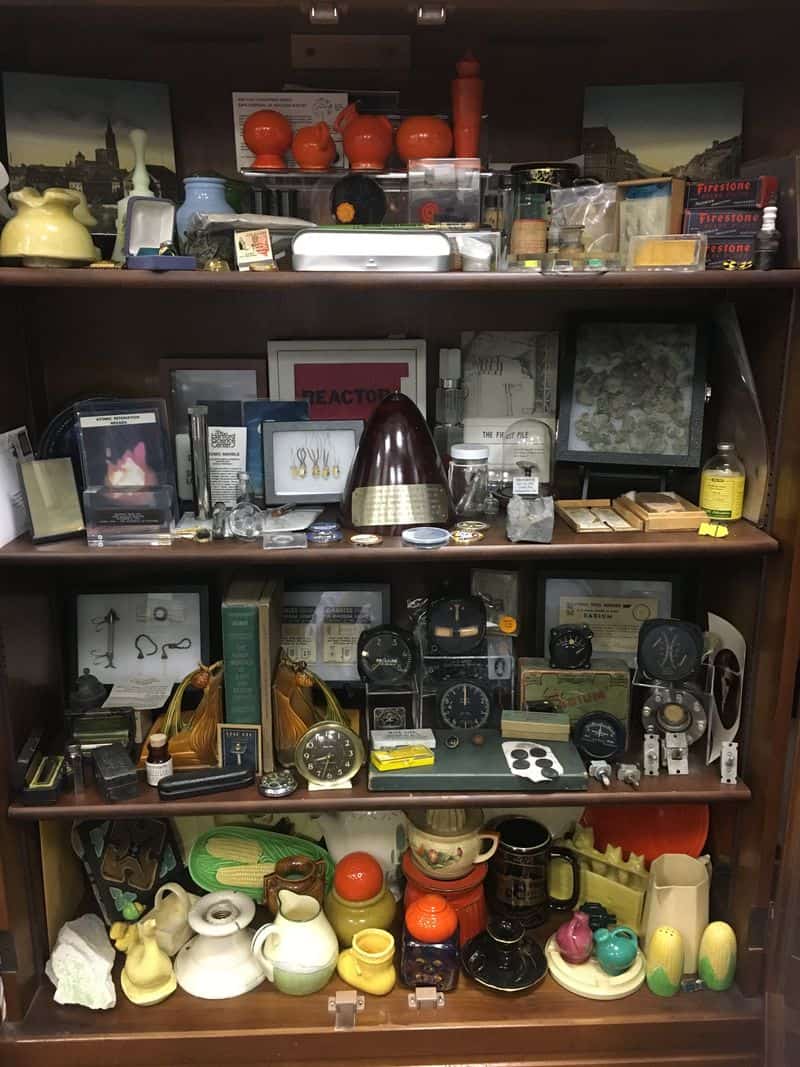
During the 1950s, radium was a popular addition to consumer products for its magical glow-in-the-dark properties. Watches, clocks, and even children’s toys were infused with this radioactive element. The dangers of radium exposure were not fully understood, and its use was widespread and unregulated. Today, the health hazards associated with radiation are well-documented, and such applications of radium are heavily restricted or outright banned. The shift away from using radium highlights a critical evolution in safety standards and public health awareness, emphasizing the need for caution in consumer product manufacturing.
6. Gender-Specific Job Ads

In the 1950s, job advertisements overtly specified gender preferences, with listings clearly marked for men or women. This practice reinforced rigid gender roles and limited employment opportunities based on sex. Companies felt justified in seeking male applicants for certain roles while relegating women to others, often with lower pay and fewer prospects. Today, such discrimination is illegal, as equal employment laws strive to dismantle gender biases in the workplace. The prohibition of gender-specific job ads reflects ongoing efforts to promote diversity, inclusion, and equality in professional environments, widening opportunities for everyone regardless of gender.
7. Asbestos in Home Construction
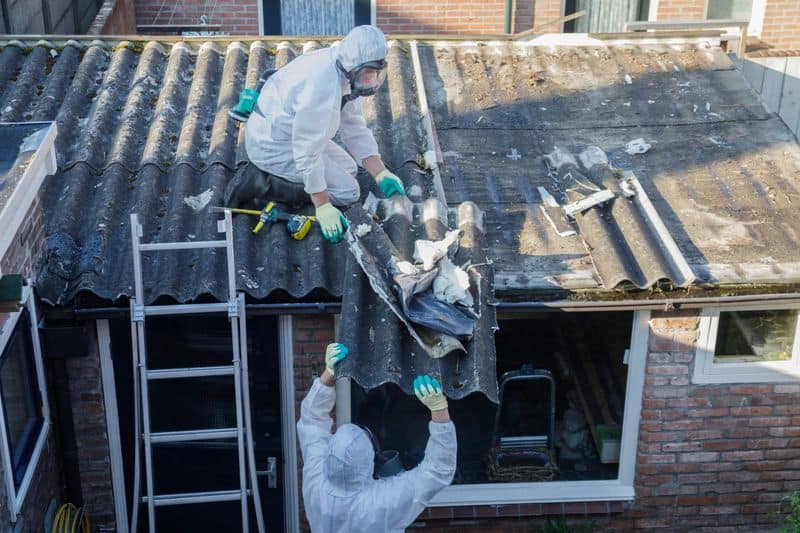
Asbestos was a favored material in 1950s home construction due to its durability and fire-resistant properties. Builders used it in insulation, roofing, and tiles, unaware of the severe health risks it posed. Asbestos fibers, when disturbed, become airborne and can cause serious respiratory illnesses, including cancer. Modern bans on asbestos reflect a significant advancement in occupational health and safety standards. The transition away from using asbestos in construction illustrates a broader commitment to protecting public health and preventing exposure to hazardous materials, transforming industry practices to prioritize safety over convenience.
8. Open-Air Nuclear Testing

The 1950s saw a series of open-air nuclear tests conducted as part of military research and development. These tests, carried out in isolated areas, exposed the environment and nearby populations to harmful radiation. The spectacle of nuclear explosions was even marketed as a tourist attraction, with people watching from designated viewing points. Today, international treaties and public outcry have led to a ban on such testing, recognizing the catastrophic environmental and health consequences. The cessation of open-air nuclear testing marks a critical step towards global nuclear disarmament and environmental protection.
9. Selling Unpasteurized Milk
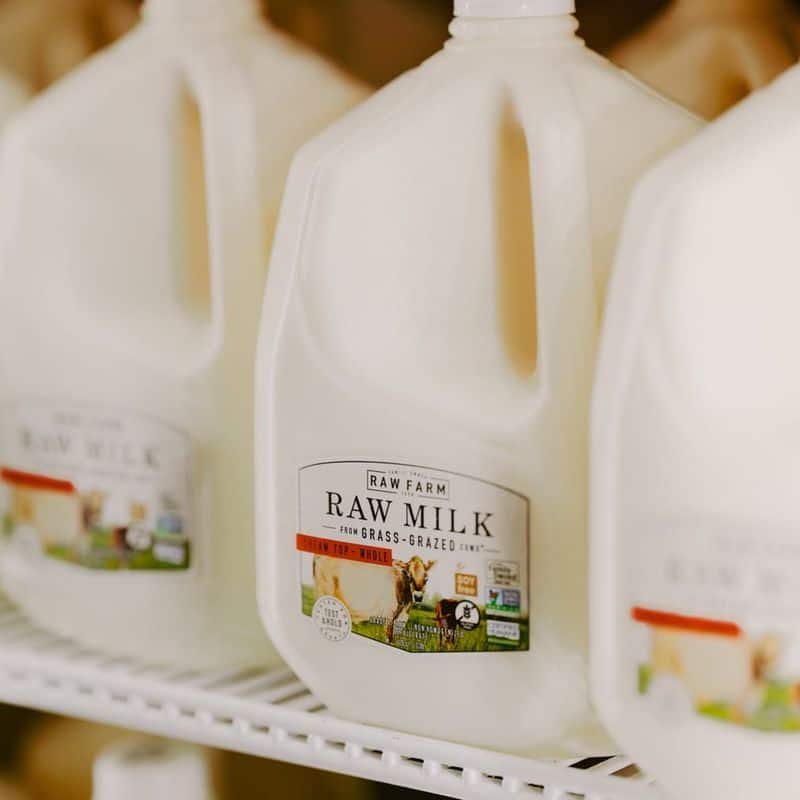
In the 1950s, many dairy farms sold unpasteurized milk directly to consumers. This practice was common and widely accepted, with little awareness of the potential health risks. Unpasteurized milk can harbor harmful bacteria, leading to serious illnesses. Modern health regulations now require pasteurization to ensure milk’s safety for consumption. The shift towards pasteurization reflects advancements in food safety standards, aiming to protect public health from preventable diseases. While some advocate for raw milk’s natural benefits, the legal requirement for pasteurization remains a critical measure to safeguard consumers from potential health hazards.
10. Dueling as a Form of Settlement
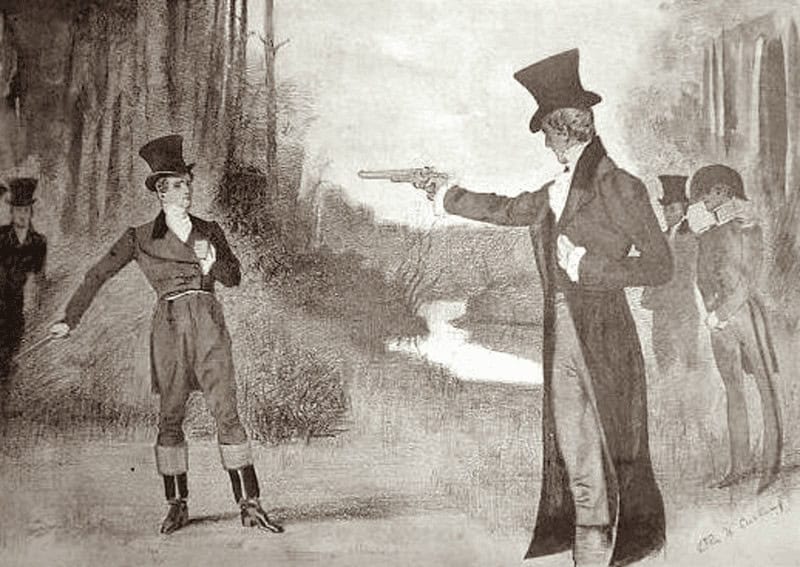
While dueling was largely obsolete by the 1950s, it was still occasionally used as a way to settle disputes, albeit illegally. This archaic practice, rooted in notions of honor and personal justice, would see individuals face off, often with weapons, to resolve conflicts. The legality of dueling had long been contentious, and by the mid-20th century, most regions had outlawed it entirely. The remnants of this tradition underline how societal norms around conflict resolution have evolved. Modern legal systems emphasize mediation and legal arbitration over physical confrontation, reflecting a more civilized approach to justice.
11. Lead Paint in Homes

Lead-based paint was a staple in 1950s home decor, valued for its vibrant colors and durability. However, the health hazards of lead exposure, particularly for children, were not well understood at the time. Ingestion of lead paint chips or dust can cause severe neurological damage. Modern laws have banned the use of lead-based paints in residential properties, highlighting a crucial development in public health and safety standards. The ban reflects increased awareness and understanding of environmental toxins, marking an essential shift in prioritizing the well-being of future generations and ensuring safer living environments.
12. Unsupervised Child Play

In the 1950s, children roamed their neighborhoods freely, exploring and playing without adult supervision. The idea of ‘free-range’ kids was the norm, fostering independence and adventure. Today, societal norms and safety concerns have transformed this practice, with parents often supervising or arranging structured activities. The change reflects heightened awareness of potential dangers and a shift towards more protective parenting styles. While some argue the loss of freedom stifles creativity and self-reliance, the trend towards supervised play highlights evolving attitudes towards child safety and the importance of safeguarding against potential risks.
13. Vintage Car Racing on Public Roads
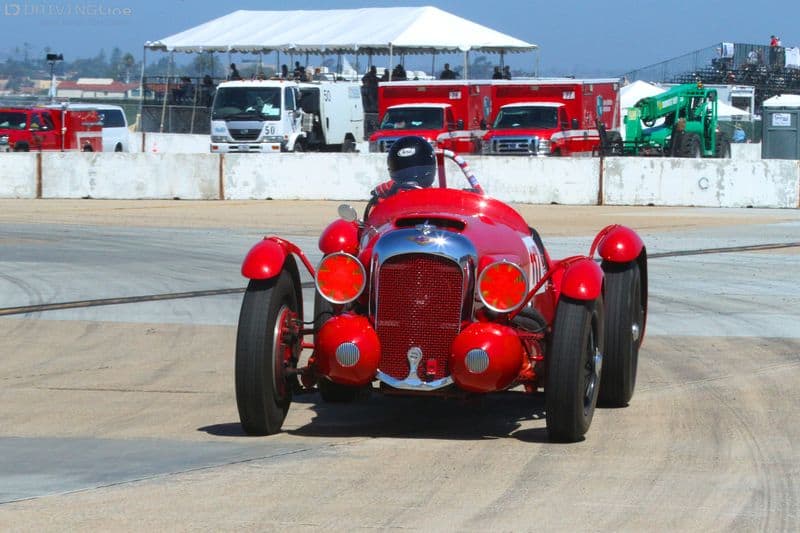
In the thrill-seeking ’50s, impromptu car races took place on public roads, drawing crowds eager to witness high-speed chases. These informal races were often organized without official oversight, leading to dangerous conditions for both drivers and bystanders. Today, street racing is illegal, with strict penalties imposed to prevent such reckless behavior. The change reflects a growing emphasis on road safety and public welfare, ensuring that racing enthusiasts pursue their passion in controlled, sanctioned environments. The legal shift underscores the importance of regulating activities that pose significant risks to the community.
14. Selling Cough Syrup with Codeine Over-the-Counter
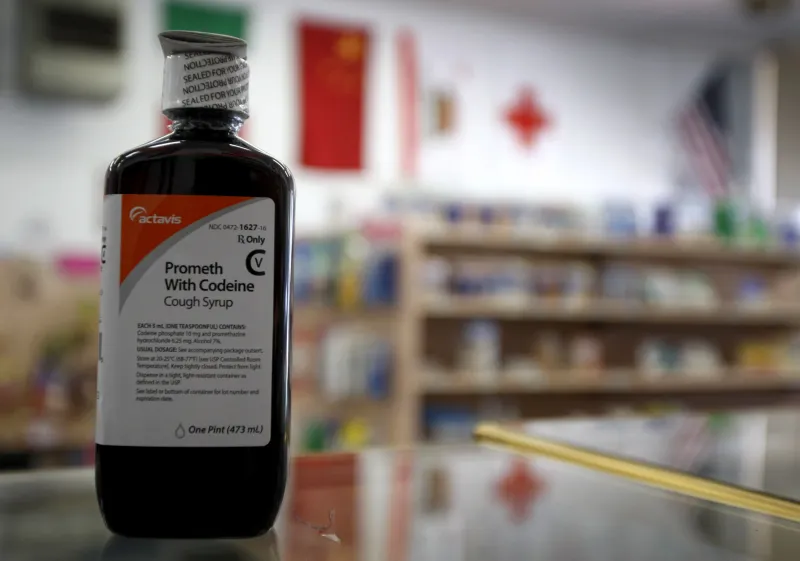
In the 1950s, purchasing cough syrup containing codeine was as simple as dropping by the local pharmacy. Codeine, an opioid, was a common ingredient in over-the-counter remedies, used to treat mild to moderate pain and cough. The lack of regulation led to misuse and addiction, prompting a reevaluation of its availability. Modern laws now classify codeine as a controlled substance, requiring a prescription for purchase. This change reflects a broader understanding of the risks associated with opioid use and abuse, highlighting the need for careful regulation to prevent dependency and ensure safe medical practices.

Well, hello there!
My name is Jennifer. Besides being an orthodontist, I am a mother to 3 playful boys. In this motherhood journey, I can say I will never know everything. That’s why I always strive to read a lot, and that’s why I started writing about all the smithereens I came across so that you can have everything in one place! Enjoy and stay positive; you’ve got this!

